A slot is a position in which something can be fitted. It is also a type of computer component, usually a circuit board, into which other pieces are plugged in. The term comes from the slot in a machine into which coins are dropped to activate it, a practice that dates back to 1888. The figurative sense of a “position in a line-up or schedule” is from 1940; that of the “piece of paper on which notes are slid down” in a typewriter is from 1966.
It’s important to understand how slot works before you start playing, because it can make or break your game experience. A slot is a dynamic container that either waits for content (a passive slot) or a targeter calls to fill the slot with its own content (an active slot). Scenarios and renderers use slots in tandem to deliver content to Web pages.
What makes a winning combination on a slot machine? The odds of a particular combination appearing are entirely random, determined by the Random Number Generator, a program inside each machine that runs dozens of mathematical calculations per second. The generator assigns a different number to each possible stop on the reels, and when it receives a signal — anything from a button being pushed to the handle being pulled — it sets that combination. The symbols that appear then determine whether the player wins or loses.
Modern slot machines are programmed to weight particular symbols differently, so that the odds of losing combinations are disproportionate to their frequency on the physical reels. This allows for larger jackpots and more frequent smaller payouts, but it also reduces the overall probability of a large win.
A Slot Rule
If you’re a beginner, it’s best to limit your play to one machine at a time, especially in crowded casinos. While it might be tempting to pump money into several adjacent machines, this can cause a lot of confusion. It’s not always clear when a machine is finished paying out, and you may miss the chance to hit the big one.
Many online slot games have multiple paylines, which increase the chances of a winning combination. The pay tables of these slots typically explain how the different paylines work and what combinations will award a certain amount of money. Pay tables are often shown as small tables with various colour options that make the information easier to read.
Some of these tables include a maximum bet value and the minimum amount that a player can wager to access all of the game’s features. They also include the RTP of the slot, which refers to its theoretical payout percentage over long periods of time. They might also offer details of any bonus rounds that the slot has, such as a mystery pick feature or free spins. The pay table of a slot can be found by clicking an icon close to the bottom of the game screen.
